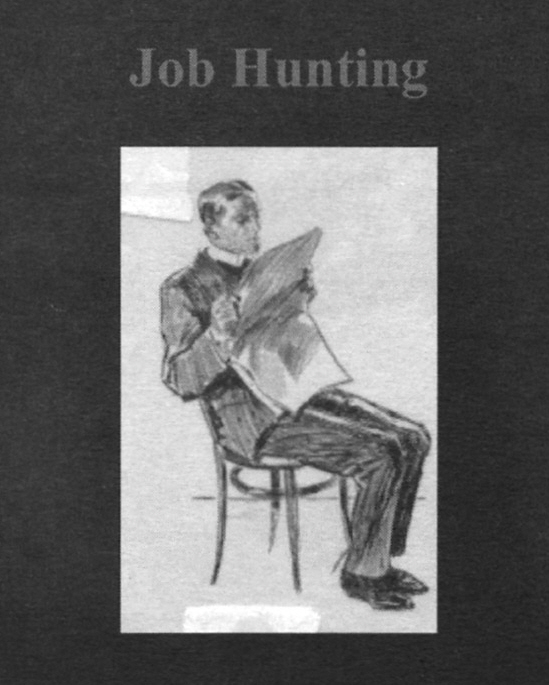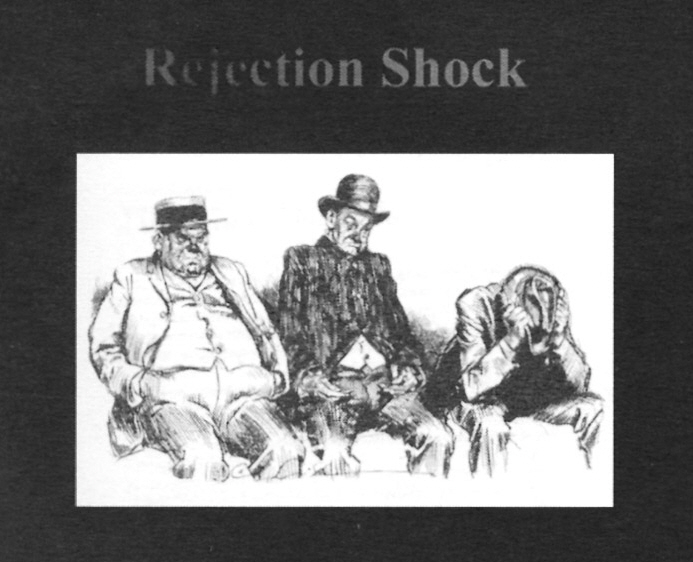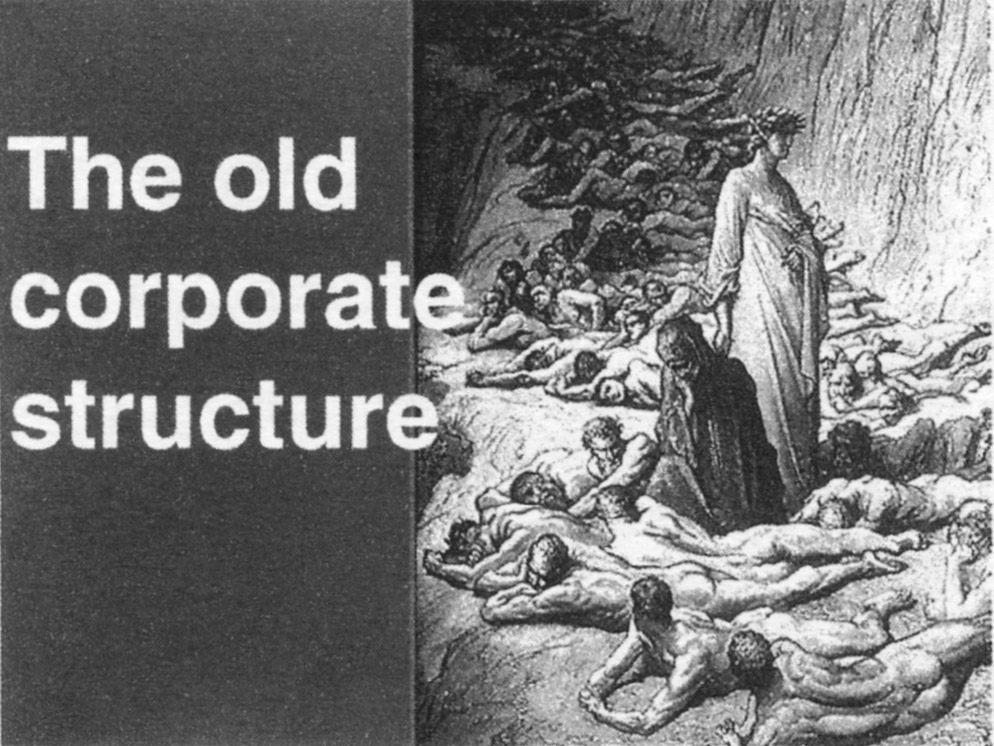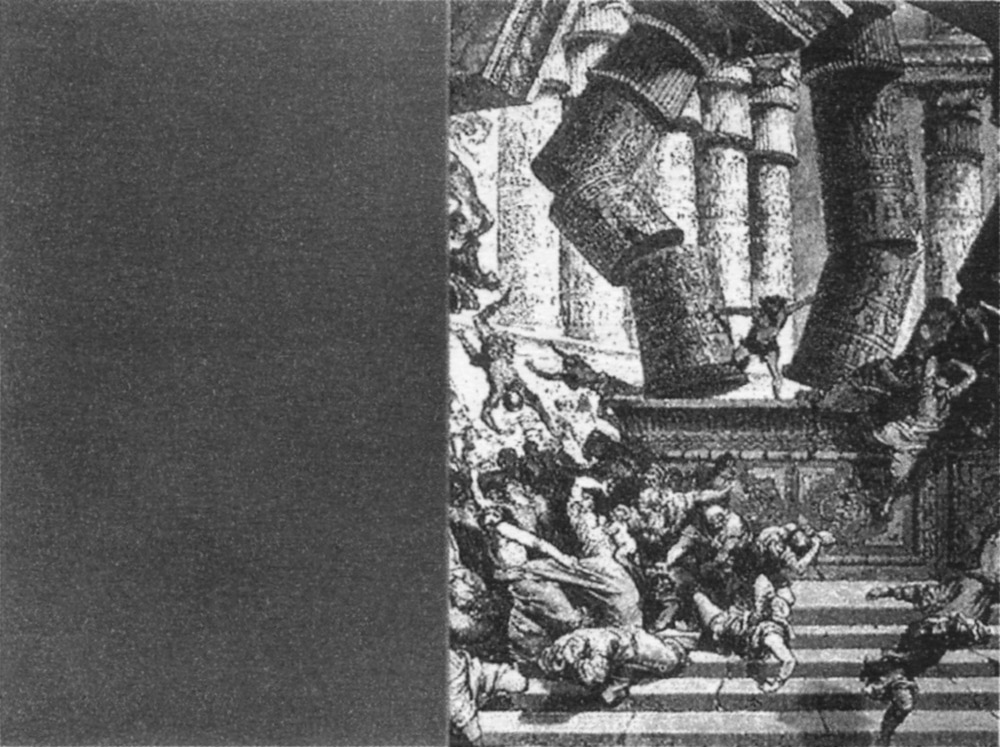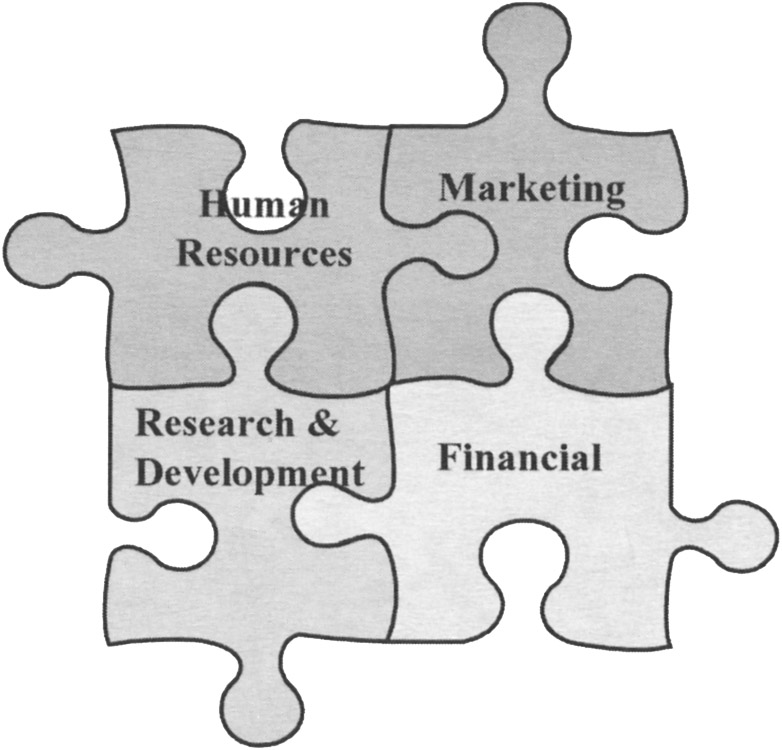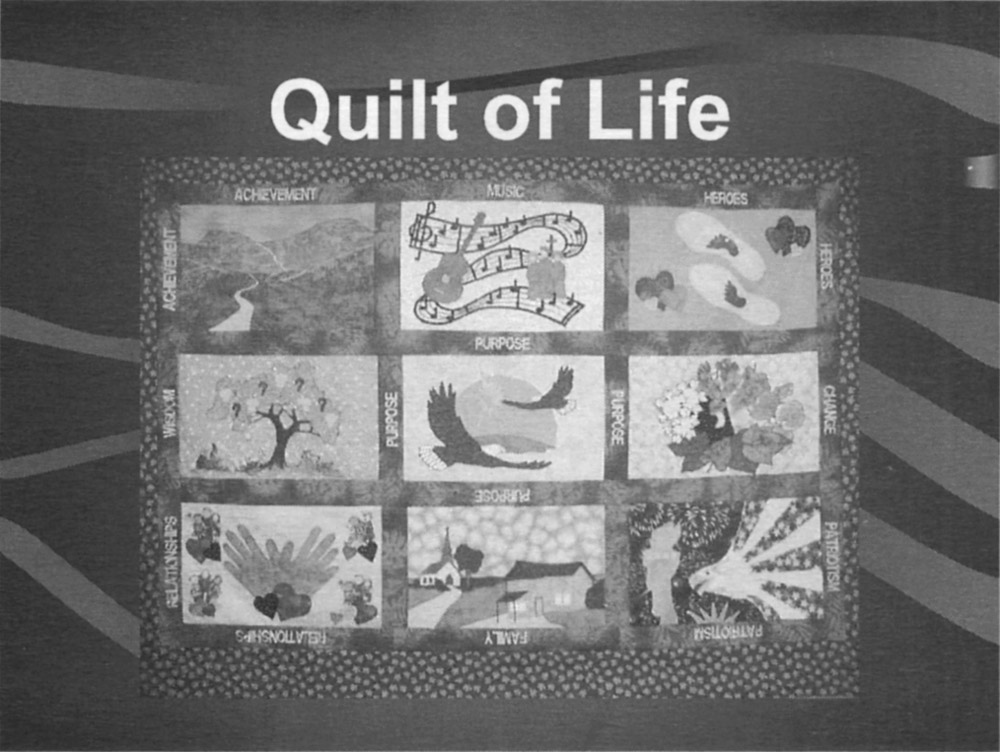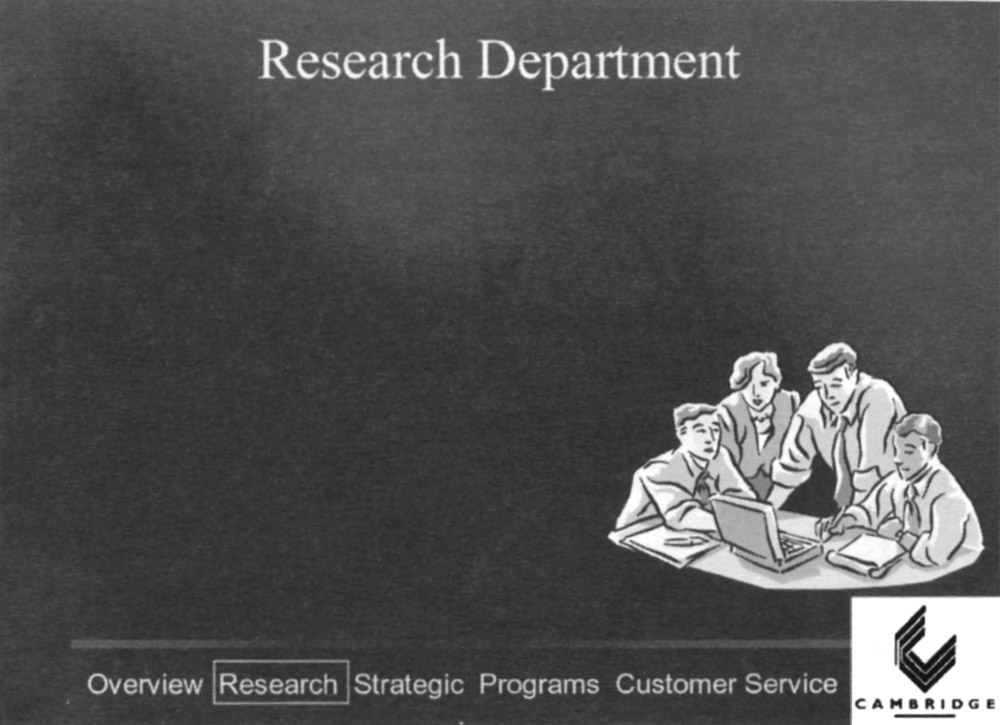Westside Toastmasters is located in Los Angeles and Santa Monica, California
4 Transitions Are the Keys to Clarity
Transitions are the keys to separating your ideas and achieving clarity. Transitions signal to the audience that the presenter has finished one topic and is about to begin the next. Transitions also give the presenter time to integrate previous material to compare and contrast, cite trends, or have a short mental break before starting the next topic, or to signal to the audience that you are transitioning from the opening to the body or from the body to the conclusion. In other words, transitions are integral to the success of any presentation.
Transitions are as important as your content—even the world's best content is received poorly if you do not pay enough attention to the transitions. In fact, if you have ever lost your place when speaking, it was almost certainly a result of a poorly formed transition. Presenters usually can explain their key points, but it is in the process of getting from one point to the next that we tend to lose our way.
Transitions allow you to summarize what has just been said, to alert your audience that there will be a change in topic, and to give the audience a break, time to relax, and/or to digest the previous topic and get ready to actively participate in the next.
Transitions as Summaries
It has been said that we have to hear something seven times before we can remember it. Transitions provide an excellent opportunity to go over the content one last time. The transitional summary also allows the audience members an opportunity to see and appreciate the value of the content and what they have learned from attending the presentation. These summaries also afford the listener the opportunity to think about how the content can be linked together. The summary can also present the material in a slightly different way that may be clearer and more understandable for the participants.
Transitions as Signposts
Transitions can act as signposts telling the audience what material will be presented next. They act as an advanced organizer, which will help the participants organize the material hierarchically and hence remember the material better.
Transitions as Breaks
Brad: A number of years ago, I was swimming in a Masters Swim Program. The Masters Swim Program is for adults who want to stay in shape. We entered the pool at 6:30 a.m., two mornings a week. The coach was fantastic, and we were all making a great deal of progress. I swam more laps than I ever thought possible and between sets, that is, between different types of strokes or repetitions of the same stroke, we were allowed to rest—that is, the coach gave us 17 seconds to rest. Now 17 seconds is not a lot of time. However, I learned to relax more effectively than I ever thought possible during those 17 seconds. In fact, you could say that we learned to relax as effectively as we learned to swim.
Just as the 17-second break helped the swimmers recuperate, and therefore swim as effectively as they could, effective presenters know when to give their audience a break, to catch up, integrate, and reflect on the material being presented. Amateur presenters just keep right on going.
David: When I first started presenting full-day seminars, I assumed that the audience paid for a six-hour program, so I planned on giving them six hours of information. What a mistake that was. I found that no matter how good the information was, or how well it was presented, at about the four-hour mark, people began to tune me out. I didn't realize I was oversaturating them. I had yet to learn the power of the mental break. Of course, we are always mindful of the need for physical breaks, but superb presenters are thoughtful in providing mental breaks. A mental break can be as simple as a quick joke or a short, fun exercise. Does it have to relate specifically to the point you were making? Not necessarily. But it must be fun.
I found, to my surprise, that when I started adding in frequent fun moments, the listeners' comprehension and retention went way up. As a result, they learned and took with them more knowledge, even though I was presenting less information.
The necessity to allow for rest breaks, integration breaks, and reflection breaks is one of the techniques that presentation coach, Betty Coper teaches which she calls "HUD". HUD stands for Hear, Understand, and Digest. Therefore, in addition to acting as signposts that guide both the presenter and the audience through the presentation, transitions also play an important role in giving the audience a break so they can learn from the presentation or digest the information as effectively as possible.
6 Types of Transitions
Transitions are aids to clear thinking and effective presentations. Now that we have outlined the purpose of transitions, we will next discuss six proven transition techniques to separate your ideas. They are:
-
Delineation.
-
Words and phrases.
-
Pictures.
-
PowerPoint.
-
Voice.
-
Body language.
1. Delineation is the simplest way to make a transition. The presenter simply states that he or she will be covering three main points. For example, the speaker says, "The first area of interest is our competitor's new marketing strategy; the second point is how our firm will counter our competitor's new strategy; and the third point is how we will measure our effectiveness." It is also likely that each of the main points will have sub-points and each of the sub-points will have to be delineated from each other as well as from the main points.
2. Words and phrases can also be used to indicate a transition from one topic to the next. We are all familiar with words and phrases such as next, the following example, point one, point two, point three, or phase one, phase two, and phase three, and as you have seen in this resource, Strategy 1, Strategy 2, etc.
3. Pictures can indicate to the audience that you are leaving the present topic and moving to a new topic. Two presenters that we have seen who are superb at using pictures as transitions are Richard Bolles and Janet Laap.
Richard Bolles is the most widely read author on finding a job. In fact, his best-selling book What Color Is Your Parachute? is a classic in the field. In both his book and in his presentations, Bolles uses old pictures that are no longer copyrighted to masterfully signal to his audience that a transition is taking place. Two examples of the pictures Bolles uses to signal a transition are as follows:
Figure 3-3Figure 3-4
Figure 3-5Brad: The one thing that Janet Laap does that impresses me the most is that she is a master at transitions. For example, Janet uses slides of black and white pictures as transitions between topics. What I liked so much about Janet's use of these pictures was that they signaled a clear transition between one topic and the next, and at the same time let the audience have a very short relaxation break, and/or use the time to integrate and/or reflect on the material that had just been presented. This is Betty Coper's HUD principle, which stands for "letting your audience Hear what was said, Understand what was said, and Digest what was said." This time it uses pictures in place of verbal pauses.
Figure 3-6
EXERCISE 3-2
Please outline how you could make better use of pictures in your presentations.
4. PowerPoint lets you use a specific type of slide or color scheme to indicate that you are making a transition in your thoughts and/or ideas, in addition to having a specific type of slide title that tells the audience that you are changing topics. Other useful techniques to indicate transitions in PowerPoint are to use a puzzle, headers and footers, and pictures within the PowerPoint slide. For example if you are going to use puzzles, the overview shows the completed puzzle (Figure 3-7). Then each piece of the puzzle represents a transition from one topic to the next.
Figure 3-7One of the most unusual uses of pictures in transitions was a presentation Brad attended by Dr. Terry Pallson. Terry presented at an annual meeting of the National Speakers Association in Dallas, Texas. Even for a seasoned professional speaker, this is one of the most nerve-racking presentations he or she will ever have to give because it is in front of peers, and because this is an extremely well-attended meeting, with more than 2,000 participants. If the speaker does well, it will be remembered for years, if not, it will be remembered for decades.
The picture Terry used was of a handmade quilt with different sections of the quilt representing the topics he was going to speak about, such as achievement, heroes, wisdom, purpose, change, and relationships. It was an exceedingly good choice for a couple of reasons. First, quilts remind us of the care and dedication that went into making them. They have a warm and cozy feel, and they take on a special meaning for us, for example, when a grandmother makes a quilt celebrating a special occasion such as a wedding or a birth. It is also no accident that a great deal of awareness and empathy was deservingly created for people who died of AIDS with the National Quilt Project. Terry used the quilt slide to organize his presentation, to make clear transitions, and to give the audience members time to reflect on the materials that had just been presented in the previous section.
Figure 3-8What we liked so much about Terry's use of that picture was that it signaled a clear transition between one topic and the next, and at the same time let the audience have a very short relaxation break, and/or use the time to integrate and/or reflect on the material that he had just presented.
David Paradi uses footers at the bottom of his PowerPoint presentations. This particular presentation had five sections: Overview, Research, Strategic, Programs, and Customer Service. Each word was highlighted with a box that appeared around words indicating to which section David was speaking. As well, the movement from section to section subtly reinforced the transitions. Also note that David used pictures in addition to the highlighted words to indicate a transition to a new topic within his presentation. Here is an example from one of David Paradi's presentations:
Figure 3-95. Voice allows you to use pauses, changes in tone, or different volumes to emphasize a change from one idea to the next. Most speakers underestimate the length of their pauses because they are uncomfortable with silence. Highly proficient presenters on the other hand are comfortable with the four-second pause. In order to reach the desired length, at first you may have to count silently to yourself: "one locomotive, two locomotives, three locomotives, four locomotives." Perhaps an even more effective way to measure your pauses is one espoused by Dave McIlhenny. He said, "Don't count your pauses in seconds, count them in heartbeats." Thus, he taught presenters to "give it a full four-heartbeat pause." To become more comfortable with pausing, count the length of the pauses when observing skilled agile presenters. Also practice the same transition while speaking into an audio recorder or smartphone, and experiment with different pauses. Listen to the results and solicit feedback from others. When we teach a presentation strategies course or when we coach speakers individually, we help them learn to pause by silently counting. This is a relatively simple change, yet the results are astounding.
After you have mastered the pause, the next technique that Brad was taught by Betty Coper, is the graduated pause. The graduated pause is used when you are introducing three or more main points of wisdom. After the first point, you use a one-beat pause; after the second point of wisdom, you pause for two counts; and after the third point, you pause for three counts. The net result is to build suspense, and the suspense builds impact. Another vocal technique is to use different volume to emphasize movement from one topic to another.
Brad: Another vocal technique is to use different volume to emphasize movement from one topic to another. For example, I illustrate building the world with creative or wasteful solutions by comparing two airports. The first airport was well planned and well used. The second was poorly planned and became a white elephant. I speak about the creative problem-solving that was behind the first airport in a loud and vibrant tone of voice. I then say, "You can contrast that with Mirabel [the white elephant]." However when I say, "You can contrast that with…" I say it with a much softer tone of voice to emphasize the contrast with my tone of voice as well as in the words themselves. In addition, you can also use different voices to mimic different people speaking about different ideas.
6. Body language, including the use of gestures and movement, can be an incredibly effective method to signal transitions. For example, you can use your fingers to reinforce the first, second, and third points. You can also use different parts of the stage. For example, you can move to the center of the stage, pause, and deliver your point of wisdom, conclusion, and so on. If you are talking about a difference of opinion between two experts in any given field, you can give expert A's point of view from center stage left, then give expert B's point of view from center stage right, and then move to center stage forward to give your point of view or to ask a profound question of the audience.
As you can see, these techniques can be combined to add even more emphasis. In the last example, when the presenter moved to center stage forward to deliver his or her conclusion, he or she could move to center stage forward, then pause, and add extra volume. All three of these techniques, moving to center stage forward, pausing, and increasing volume helped to differentiate the conclusion from the main body of the presentation.
EXERCISE 3-2Part I: Look specifically at how seasoned presenters use both single and multiple techniques to develop clear transitions from one idea to the next and from one topic to the next, and from one part of their presentation (for example, from beginning, to the middle, or to the end) of their presentation. Please list three specific techniques that made these transitions effective.
Part II: In the next section, please outline three specific techniques that you will use to make your transitions more effective.




